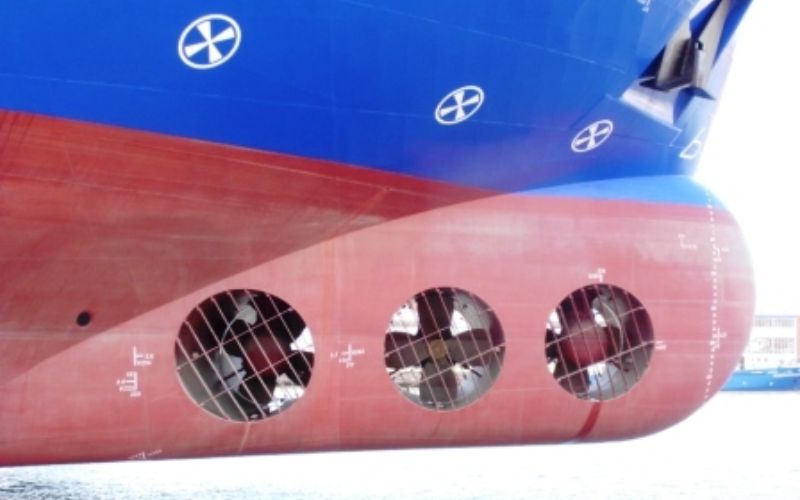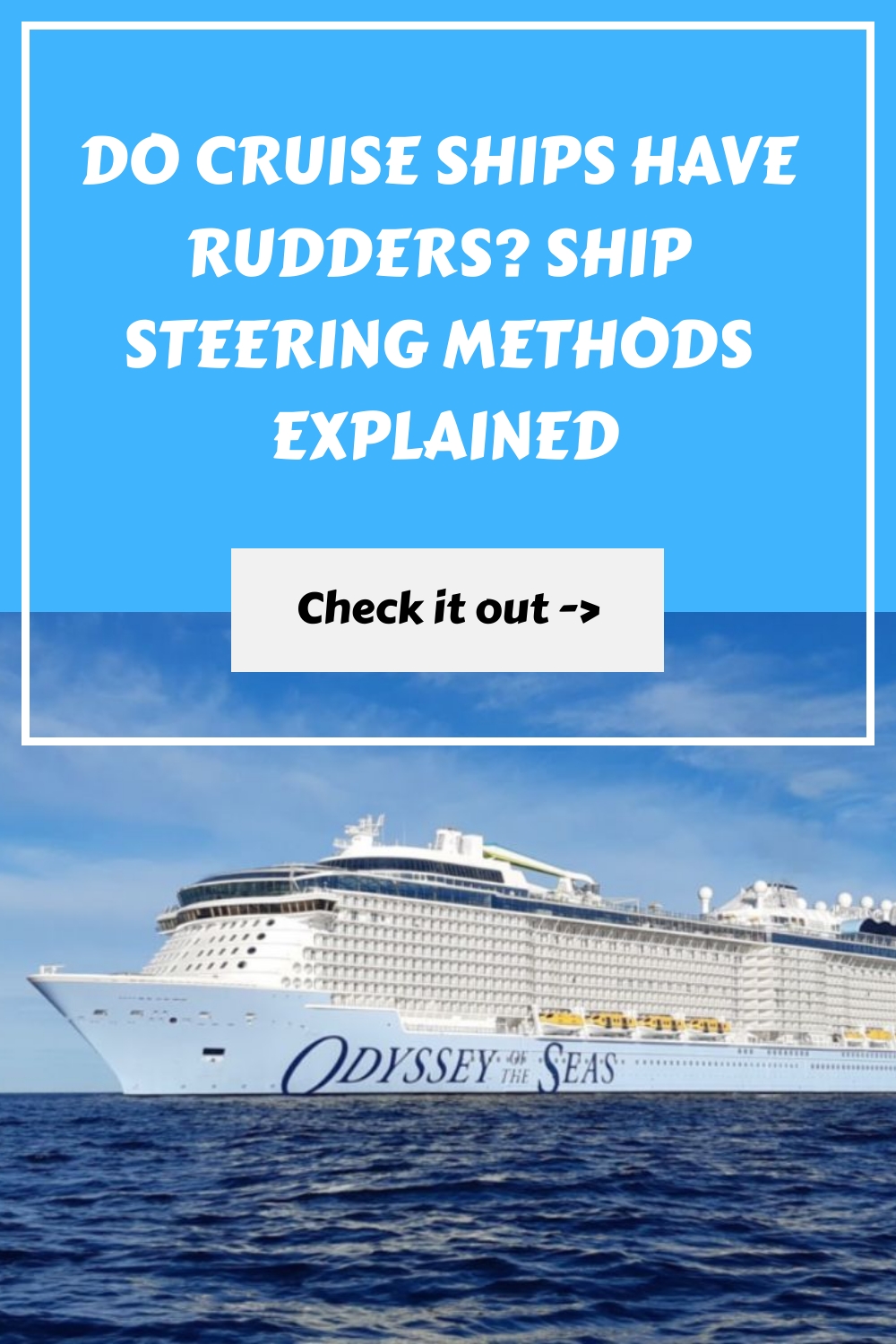When it comes to cruise ships, one may wonder how these luxurious behemoths are able to navigate through the water with precision.
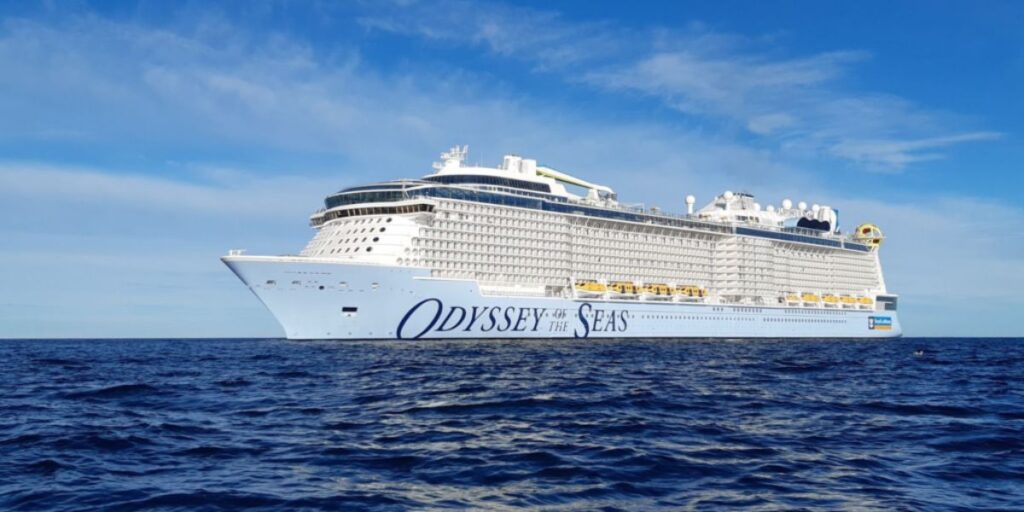
It is a fair question to ask if cruise ships have rudders, as rudders are essential components for steering a ship. Understanding the role of rudders in cruise ship navigation can provide valuable insight into the complex operations of these maritime marvels.
This is all a little technical though, so I asked my friend John, who is a ship pilot, to help me to understand and explain how cruise ships steer.
Do Cruise Ships Have Rudders?
Some cruise ships have rudders, but others instead have podded propulsion known as Azipods.
Traditionally, cruise ships relied on rudders and varying propeller speeds for turning. However, many modern cruise ships now have pod propulsion, which combines the propeller and steering into a single unit. The trade name for these is Azipod.
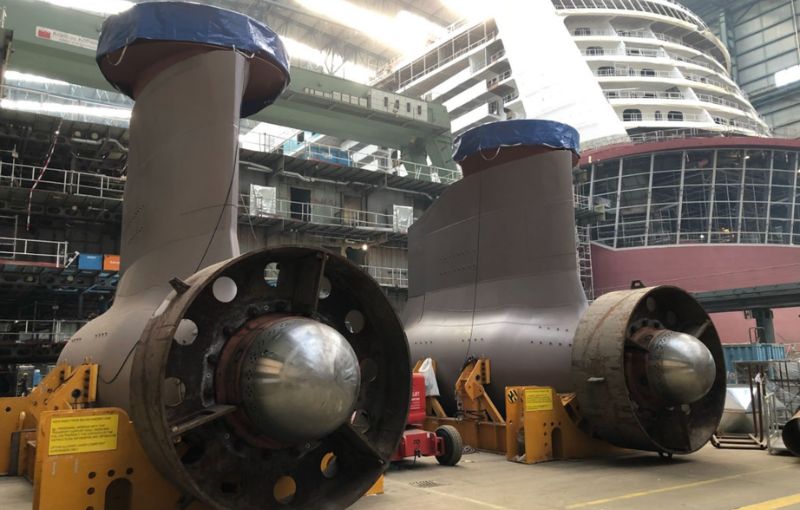
Rudders are still essential components of many modern vessels, including some cruise ships. They provide directional control and enable the ships to steer and navigate through water. Located at the stern of the ship, the rudder is used to turn the vessel or to maintain a course (by continual small adjustments)
Types of Rudders on Cruise Ships
There are several types of rudders in use today, each designed to cater to specific ship sizes and navigational needs. Some common types of rudders include:
- Semi-balanced rudder: A compromise between the spade and full-balanced varieties with some portion of the rudder surface forward of the axle. These normally have 35 degrees of movement each side of mid ship.
- High lift rudders: There are numerous designs, eg Becker, fishtail, and shilling to name a few. The advantage of fitting these is the increase in port slow-speed manoeuvrability. They can have 60 degrees of movement. The Becker-type rudders have a flap on the end which effectively gives 90 degrees
Different types of rudders are chosen based on factors such as ship size, manoeuvrability requirements, fuel economy and the speed at which the vessel is designed to operate
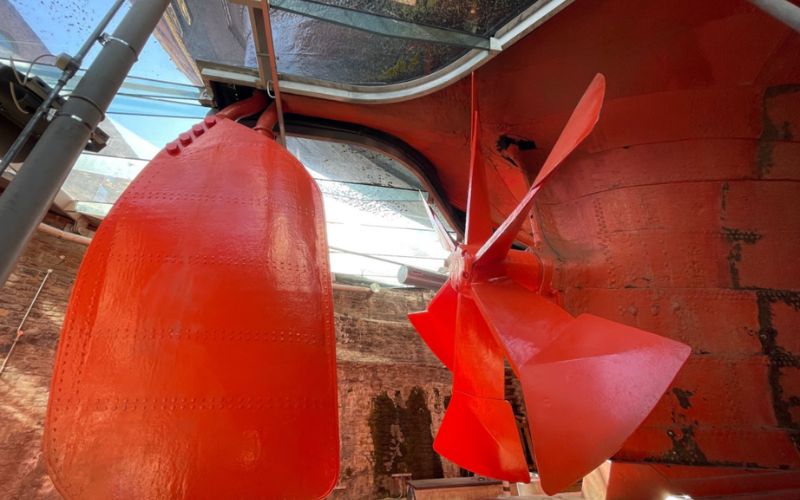
Cruise ships that don’t use pod propulsion generally have a twin-screw propeller design with a rudder mounted immediately behind the propeller (it can be slightly offset depending on propeller characteristics).
With two propellers and rudders, the result is an increase in port manoeuvrability. This is even better when coupled with bow thrusters. Sometimes, rudders can be operated independently at a slow speed to enhance manoeuvrability.
The Importance of Rudders on Cruise Ships
When it comes to cruise ships, adequate steering and directional control are crucial for providing a smooth, comfortable experience for passengers.
Rudders, or their modern alternatives (Azipods), enable cruise ships to make planned course changes, navigate tricky waterways, and avoid obstacles. The ability to execute fine control manoeuvres enhances safety and reduces the risk of collisions and other accidents.
Rudders or equivalent steering technologies are absolutely vital to ensure the smooth operation and safety of cruise ships.
Other Navigation Systems on Cruise Ships
As well as rudders, modern cruise ships employ advanced navigation systems to ensure the safety and efficiency of the vessels.
Azipod Propulsion
A significant advancement in ship navigation is the introduction of Azipod pod-type propulsion systems. Cruise ships that utilise Azipod propellers do not have conventional rudders.
Azipods are pod-like structures with electric motors, mounted under the hull of a ship. The entire motor rotates 360 degrees, enabling the vessel to generate propulsion and steer in any direction simultaneously. They generally operate in pull mode, with the propeller at the front of the pod.
This innovative technology provides increased fuel efficiency, precision in manoeuvring, and reduced noise and vibration.
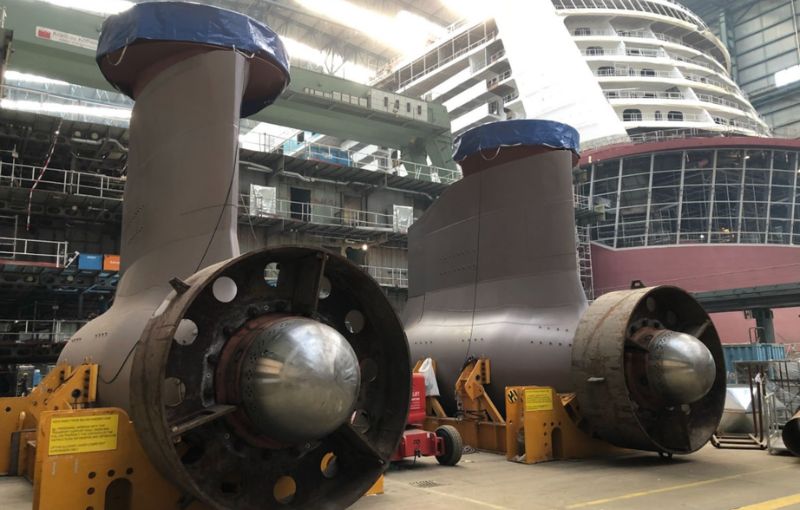
Bow Thrusters
In addition to Azipod propulsion systems, bow thrusters also play an essential role in navigating large cruise ships.
Bow thrusters are mounted in tunnels near the bow. Some cruise ships that have a propeller and rudder arrangement have stern thrusters fitted in addition
Thrusters produce a side thrust that helps the ship maintain lateral control during docking or undocking manoeuvres. Using bow thrusters in combination with Azipod propulsion allows cruise ships to achieve outstanding manoeuvrability and precise positioning, overcoming the limitations of traditional rudders.
While rudders may still be found on some cruise ships, the adoption of Azipod systems and bow thrusters has significantly changed how these vessels navigate through water.
Conclusion
In summary, some cruise ships do have rudders for directional control, manoeuvring and steering. While many ships have rudders, in the cruise industry pod propulsion has been adopted, although not universally, thereby eliminating the need for a separate rudder in most cases
Advancements in rudder technology have contributed to the design and operation of modern ships. As cruise ships continue to evolve, it is crucial to understand the role rudders play in maintaining safety and efficient navigation for passengers and crew alike.
Related Posts:
- Why Do Cruise Ships Not Tip Over?
- How Do Cruise Ships Get In The Water?
- What Is The Draft Of A Cruise Ship?

Jenni Fielding is the founder of Cruise Mummy. She has worked in the cruise industry since 2015 and has taken over 30 cruises. Now, she helps over 1 million people per month to plan their perfect cruise holidays.

